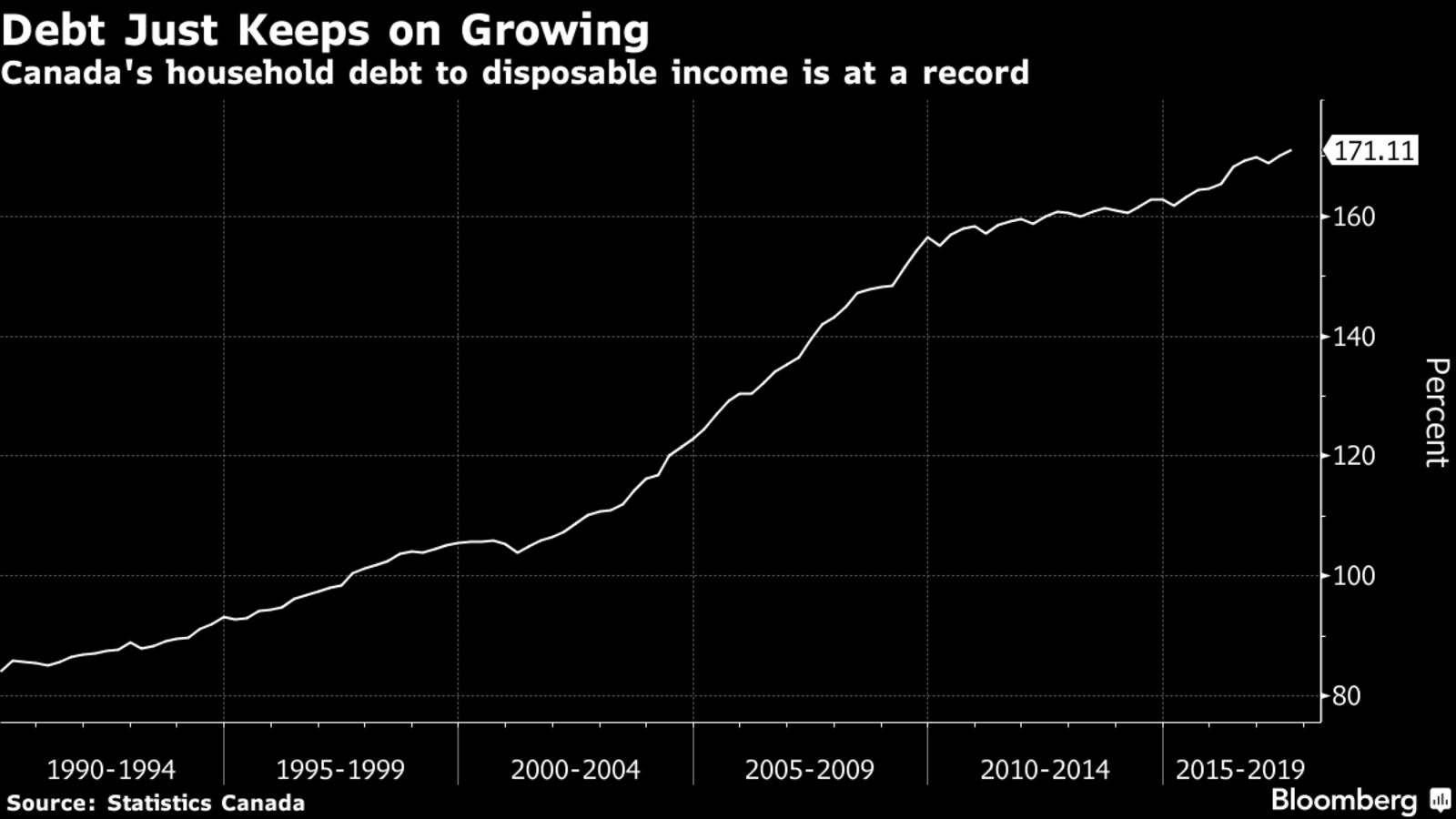By Rajeshni Naidu-Ghelani, CBC News
The dollar came under renewed selling pressure on Tuesday morning, falling half a cent after Bank of Canada Governor Stephen Poloz’s speech suggested the pace of interest rates hikes may become more gradual as the economy expands without triggering inflation.
The loonie fell from 77.87 cents US to 77.37 cents after Poloz started giving a speech about the labour market at Queen’s University in Kingston, Ont., in the morning.
That’s a loss of half a cent, and comes as the dollar is already the worst performing major currency in the world this year.
It has been hit by a stronger U.S. dollar, lower oil prices and fears of a trade war, and is down almost three per cent against the greenback in 2018.
Poloz’s positive description of the Canadian economy being in a “sweet spot” where investment usually takes over as the lead engine of growth, and in a phase “worth nurturing” had market watchers wondering if the central bank is more inclined now to sit on the sidelines after raising interest rates three times since last year.
“The Canadian economy is carrying untapped potential that could prolong the expansion without causing inflation pressures,” said Poloz.
‘Unambiguous’
Brian DePratto, senior economist at TD Economics said the policy message in the speech was “unambiguous” that accommodative monetary policy is not going away any time soon. In other words, don’t expect rates to go up very quickly, very soon.
“Whether it is the expansionary investment phase ‘worth nurturing’ or the repeated references to the disinflationary effects of rising potential output, Poloz has made it clear that he will not be yanking away the punch bowl anytime soon,” DePratto said in the note.
‘A gradual pace of hikes is likely going forward.’— Brian DePratto, TD Economics
“We remain of the view that in contrast to the relatively rapid-fire pace of tightening between July of last year and this January, a gradual pace of hikes is likely going forward,” he added.
On Tuesday, the chance of an interest rate hike at the central bank’s next meeting in April fell 14 per cent from Monday to 29 per cent, with chances of rate hikes in the second half of the year now more likely, according to traders who bet on the Canadian dollar.
Don Curren, strategist at Cambridge Global Payments, said Poloz’s speech didn’t suggest any substantial changes to the central bank’s policy of raising rates in a cautious fashion, but his emphasis on “subdued inflation” was enough to push the “already-struggling” loonie even lower.
‘Untapped’ potential
Poloz continued to talk about the “untapped” potential of Canada’s labour market — as more youth, women, Indigenous and disabled people enter it — and why the central bank was paying such close attention to that economic driver.
“It is not much of a stretch to imagine that Canada’s labour force could expand by another half a million workers,” Poloz said.
“To put this thought experiment into perspective, this could increase Canada’s potential output by as much as 1.5 per cent, or about $30 billion per year.”
Poloz said that was equal to a permanent increase in output of almost $1,000 per Canadian every year “even before you factor in the possible investment and productivity gains that would come with such an increase in labour supply.”
Strategists at TD Securities said, while it’s true that there would be economic gains if the participation of women and youth in the labour market increased, they doubted that monetary policy could do much to change that.
Instead, they pointed out that the central bank is more data-driven and Poloz’s speech was a reminder to the markets that the central bank is not in a rush to hike rates anytime soon.
“We have recently noted that the market needs to curb its enthusiasm in the Canadian dollar; economic growth should decelerate while Canada’s largest trading partner is leaning towards more protectionist policies,” foreign exchange strategist Mazen Issa told CBC News.
“NAFTA negotiations remain unresolved and still far apart on the contentious issues. Recall that the Bank has highlighted in its last monetary policy report that protectionism is the greatest risk to its outlook, and that fear appears to be unfolding.”
Until those trade fears start to wane, they expect the Canadian dollar to see more weakness and have a hard time moving much higher in the near term.

 For further information: Natasha Jamieson, Media Relations, The Conference Board of Canada, Tel.: 613- 526-3090 ext. 307, E-mail: corpcomm@conferenceboard.ca; Juline Ranger, Director of Communications, The Conference Board of Canada, Tel.: 613- 526-3090 ext. 431, E-mail: corpcomm@conferenceboard.ca
For further information: Natasha Jamieson, Media Relations, The Conference Board of Canada, Tel.: 613- 526-3090 ext. 307, E-mail: corpcomm@conferenceboard.ca; Juline Ranger, Director of Communications, The Conference Board of Canada, Tel.: 613- 526-3090 ext. 431, E-mail: corpcomm@conferenceboard.ca